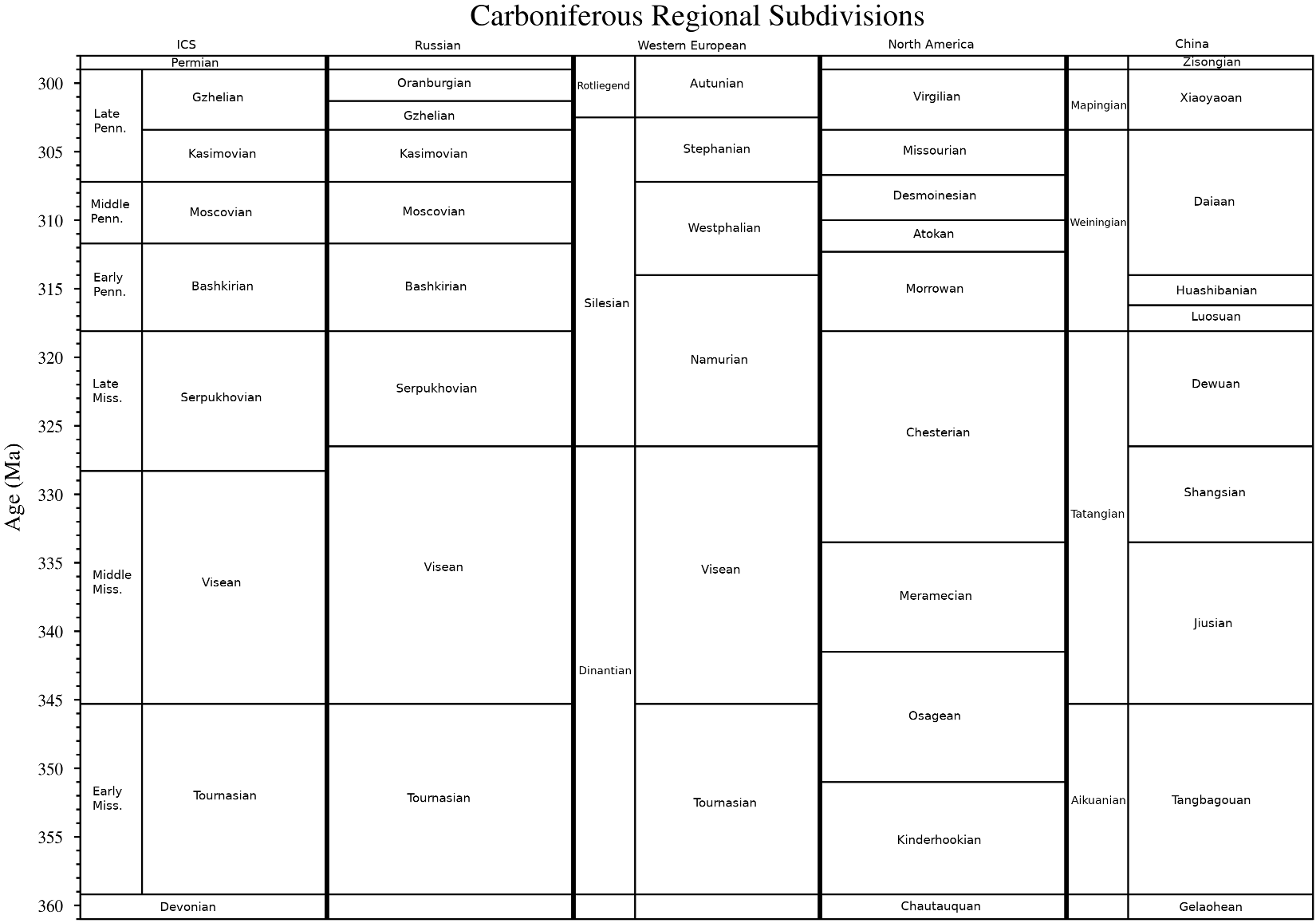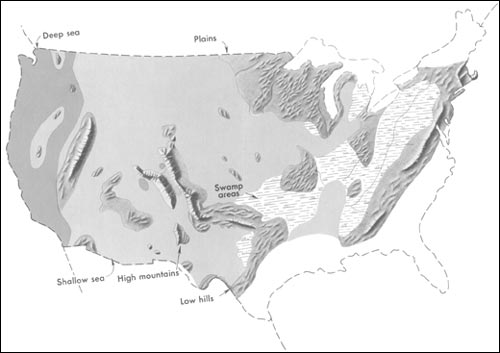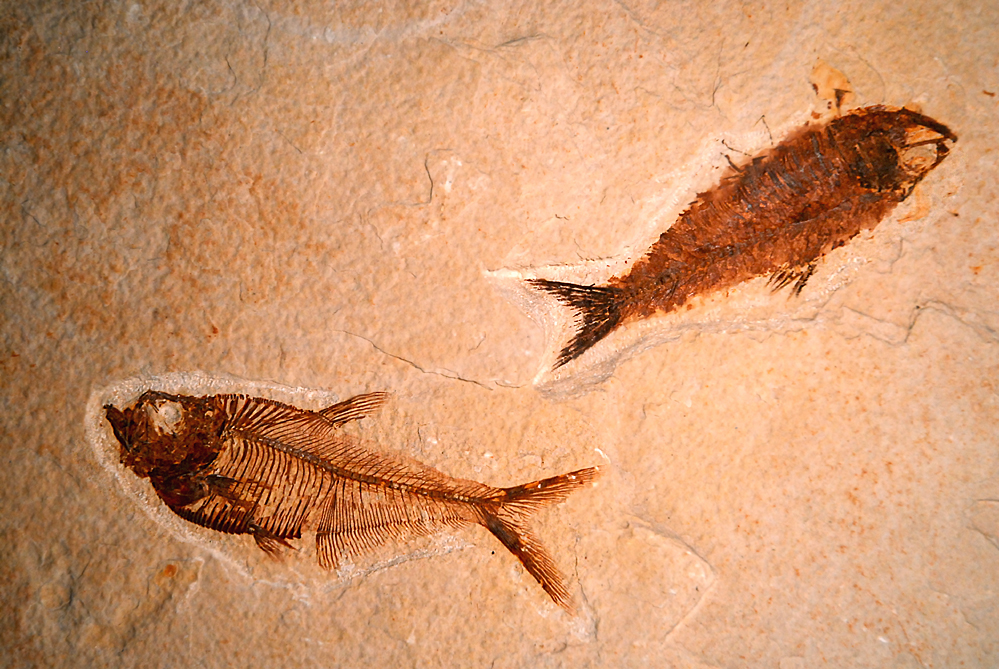|
Belotelson
''Belotelson'' is a genus of crustaceans, in the extinct order Belotelsonidea, containing at least two species. It was first named by Packard in 1886 from material found in the Mazon Creek ''lagerstätte'' in Illinois. Its fossils have been found in Pennsylvanian Pennsylvanian may refer to: * A person or thing from Pennsylvania * Pennsylvanian (geology) The Pennsylvanian ( , also known as Upper Carboniferous or Late Carboniferous) is, in the International Commission on Stratigraphy, ICS geologic timesca ... age rocks. References External links * Prehistoric Malacostraca Prehistoric crustacean genera Carboniferous crustaceans Fossils of the United States Carboniferous animals of North America Taxa named by Alpheus Spring Packard {{paleo-crustacean-stub ... [...More Info...] [...Related Items...] OR: [Wikipedia] [Google] [Baidu] |
Mazon Creek Fossil Beds
The Mazon Creek fossil beds are a conservation ' found near Morris, in Grundy County, Illinois. The fossils are preserved in ironstone concretions, formed approximately in the mid-Pennsylvanian epoch of the Carboniferous period. These concretions frequently preserve both hard and soft tissues of animal and plant materials, as well as many soft-bodied organisms that do not normally fossilize. The quality, quantity and diversity of fossils in the area, known since the mid-nineteenth century, make the Mazon Creek ' important to paleontologists, in attempting to reconstruct the paleoecology of the sites. The locality was declared a National Historic Landmark in 1997.. Geology The Mazon Creek fossils are found in the Upper Carboniferous Francis Creek Shale; the type locality is the Mazon River (or Mazon Creek), a tributary of the Illinois River near Morris, Grundy County, Illinois. The 25 to 30 meters of shale were formed approximately , during the Pennsylvanian period. The ... [...More Info...] [...Related Items...] OR: [Wikipedia] [Google] [Baidu] |
Animal
Animals are multicellular, eukaryotic organisms in the Kingdom (biology), biological kingdom Animalia. With few exceptions, animals Heterotroph, consume organic material, Cellular respiration#Aerobic respiration, breathe oxygen, are Motility, able to move, can Sexual reproduction, reproduce sexually, and go through an ontogenetic stage in which their body consists of a hollow sphere of Cell (biology), cells, the blastula, during Embryogenesis, embryonic development. Over 1.5 million Extant taxon, living animal species have been Species description, described—of which around 1 million are Insecta, insects—but it has been estimated there are over 7 million animal species in total. Animals range in length from to . They have Ecology, complex interactions with each other and their environments, forming intricate food webs. The scientific study of animals is known as zoology. Most living animal species are in Bilateria, a clade whose members have a Symmetry in biology#Bilate ... [...More Info...] [...Related Items...] OR: [Wikipedia] [Google] [Baidu] |
Fossils Of The United States
A fossil (from Classical Latin , ) is any preserved remains, impression, or trace of any once-living thing from a past geological age. Examples include bones, shells, exoskeletons, stone imprints of animals or microbes, objects preserved in amber, hair, petrified wood and DNA remnants. The totality of fossils is known as the ''fossil record''. Paleontology is the study of fossils: their age, method of formation, and evolutionary significance. Specimens are usually considered to be fossils if they are over 10,000 years old. The oldest fossils are around 3.48 billion years old to 4.1 billion years old. Early edition, published online before print. The observation in the 19th century that certain fossils were associated with certain rock strata led to the recognition of a geological timescale and the relative ages of different fossils. The development of radiometric dating techniques in the early 20th century allowed scientists to quantitatively measure the abso ... [...More Info...] [...Related Items...] OR: [Wikipedia] [Google] [Baidu] |
Carboniferous Crustaceans
The Carboniferous ( ) is a geologic period and system of the Paleozoic that spans 60 million years from the end of the Devonian Period million years ago (Mya), to the beginning of the Permian Period, million years ago. The name ''Carboniferous'' means "coal-bearing", from the Latin '' carbō'' (" coal") and '' ferō'' ("bear, carry"), and refers to the many coal beds formed globally during that time. The first of the modern 'system' names, it was coined by geologists William Conybeare and William Phillips in 1822, based on a study of the British rock succession. The Carboniferous is often treated in North America as two geological periods, the earlier Mississippian and the later Pennsylvanian. Terrestrial animal life was well established by the Carboniferous Period. Tetrapods (four limbed vertebrates), which had originated from lobe-finned fish during the preceding Devonian, became pentadactylous in and diversified during the Carboniferous, including early amphibian lin ... [...More Info...] [...Related Items...] OR: [Wikipedia] [Google] [Baidu] |
Prehistoric Crustacean Genera
Prehistory, also known as pre-literary history, is the period of human history between the use of the first stone tools by hominins 3.3 million years ago and the beginning of recorded history with the invention of writing systems. The use of symbols, marks, and images appears very early among humans, but the earliest known writing systems appeared 5000 years ago. It took thousands of years for writing systems to be widely adopted, with writing spreading to almost all cultures by the 19th century. The end of prehistory therefore came at very different times in different places, and the term is less often used in discussing societies where prehistory ended relatively recently. In the early Bronze Age, Sumer in Mesopotamia, the Indus Valley Civilisation, and ancient Egypt were the first civilizations to develop their own scripts and to keep historical records, with their neighbors following. Most other civilizations reached the end of prehistory during the following Iron Age. ... [...More Info...] [...Related Items...] OR: [Wikipedia] [Google] [Baidu] |
Pennsylvanian (geology)
The Pennsylvanian ( , also known as Upper Carboniferous or Late Carboniferous) is, in the ICS geologic timescale, the younger of two subperiods (or upper of two subsystems) of the Carboniferous Period. It lasted from roughly . As with most other geochronologic units, the rock beds that define the Pennsylvanian are well identified, but the exact date of the start and end are uncertain by a few hundred thousand years. The Pennsylvanian is named after the U.S. state of Pennsylvania, where the coal-productive beds of this age are widespread. The division between Pennsylvanian and Mississippian comes from North American stratigraphy. In North America, where the early Carboniferous beds are primarily marine limestones, the Pennsylvanian was in the past treated as a full-fledged geologic period between the Mississippian and the Permian. In parts of Europe, the Mississippian and Pennsylvanian are one more-or-less continuous sequence of lowland continental deposits and are grouped ... [...More Info...] [...Related Items...] OR: [Wikipedia] [Google] [Baidu] |
Illinois
Illinois ( ) is a state in the Midwestern United States. Its largest metropolitan areas include the Chicago metropolitan area, and the Metro East section, of Greater St. Louis. Other smaller metropolitan areas include, Peoria and Rockford, as well Springfield, its capital. Of the fifty U.S. states, Illinois has the fifth-largest gross domestic product (GDP), the sixth-largest population, and the 25th-largest land area. Illinois has a highly diverse economy, with the global city of Chicago in the northeast, major industrial and agricultural hubs in the north and center, and natural resources such as coal, timber, and petroleum in the south. Owing to its central location and favorable geography, the state is a major transportation hub: the Port of Chicago has access to the Atlantic Ocean through the Great Lakes and Saint Lawrence Seaway and to the Gulf of Mexico from the Mississippi River via the Illinois Waterway. Additionally, the Mississippi, Ohio, and W ... [...More Info...] [...Related Items...] OR: [Wikipedia] [Google] [Baidu] |
Lagerstätte
A Lagerstätte (, from ''Lager'' 'storage, lair' '' Stätte'' 'place'; plural ''Lagerstätten'') is a sedimentary deposit that exhibits extraordinary fossils with exceptional preservation—sometimes including preserved soft tissues. These formations may have resulted from carcass burial in an anoxic environment with minimal bacteria, thus delaying the decomposition of both gross and fine biological features until long after a durable impression was created in the surrounding matrix. ''Lagerstätten'' span geological time from the Neoproterozoic era to the present. Worldwide, some of the best examples of near-perfect fossilization are the Cambrian Maotianshan shales and Burgess Shale, the Silurian Waukesha Biota, the Devonian Hunsrück Slates and Gogo Formation, the Carboniferous Mazon Creek, the Jurassic Posidonia Shale and Solnhofen Limestone, the Cretaceous Yixian, Santana, and Agua Nueva formations, the Eocene Green River Formation, the Miocene Foulden Maar and ... [...More Info...] [...Related Items...] OR: [Wikipedia] [Google] [Baidu] |
Zoosystema
''Zoosystema'' is a peer-reviewed scientific journal published by the National Museum of Natural History, France (''Muséum national d'histoire naturelle''), covering research in animal biodiversity. Specific subjects within the journal's scope include comparative, functional and evolutionary morphology, phylogeny, biogeography, taxonomy and nomenclature, among others. Zoosystema publishes articles in English and French. Indexing The journal is abstracted and indexed by Current Contents, Biological Abstracts, ASFA ( Aquatic Sciences and Fisheries Abstracts), Pascal, Zoological Record, Journal Citation Index Expanded (SciSearch®) and Scopus Scopus is Elsevier's abstract and citation database launched in 2004. Scopus covers nearly 36,377 titles (22,794 active titles and 13,583 inactive titles) from approximately 11,678 publishers, of which 34,346 are peer-reviewed journals in top-l .... References {{reflist Zoology journals Animal science journals Open access journals ... [...More Info...] [...Related Items...] OR: [Wikipedia] [Google] [Baidu] |
Arthropod
Arthropods (, (gen. ποδός)) are invertebrate animals with an exoskeleton, a Segmentation (biology), segmented body, and paired jointed appendages. Arthropods form the phylum Arthropoda. They are distinguished by their jointed limbs and Arthropod cuticle, cuticle made of chitin, often Mineralization (biology), mineralised with calcium carbonate. The arthropod body plan consists of segments, each with a pair of appendages. Arthropods are bilaterally symmetrical and their body possesses an exoskeleton, external skeleton. In order to keep growing, they must go through stages of moulting, a process by which they shed their exoskeleton to reveal a new one. Some species have wings. They are an extremely diverse group, with up to 10 million species. The haemocoel, an arthropod's internal cavity, through which its haemolymph – analogue of blood – circulates, accommodates its interior Organ (anatomy), organs; it has an open circulatory system. Like their exteriors, the internal or ... [...More Info...] [...Related Items...] OR: [Wikipedia] [Google] [Baidu] |
Frederick Schram
Frederick Robert Schram (born August 11, 1943, in Chicago, Illinois) is an American palaeontologist and carcinologist. He received his B.S. in biology from Loyola University Chicago in 1965, and a Ph.D. on palaeozoology from the University of Chicago in 1968 . He has written over 200 papers on various aspects of crustacean biology, taxonomy and systematics, as well as several books, including the standard text ''Crustacea'' . In 1983, he founded the journal '' Crustacean Issues'', which he continued to edit for over twenty years. Much of his career has been spent at the Universiteit van Amsterdam, the Netherlands, from which he retired in 2005. In July 2005, he became the Editor of the ''Journal of Crustacean Biology The ''Journal of Crustacean Biology'' is a quarterly peer-reviewed scientific journal in the field of carcinology (crustacean research). It is published by The Crustacean Society and Oxford University Press (formerly by Brill Publishers and Allen ...''&n ... [...More Info...] [...Related Items...] OR: [Wikipedia] [Google] [Baidu] |






